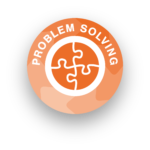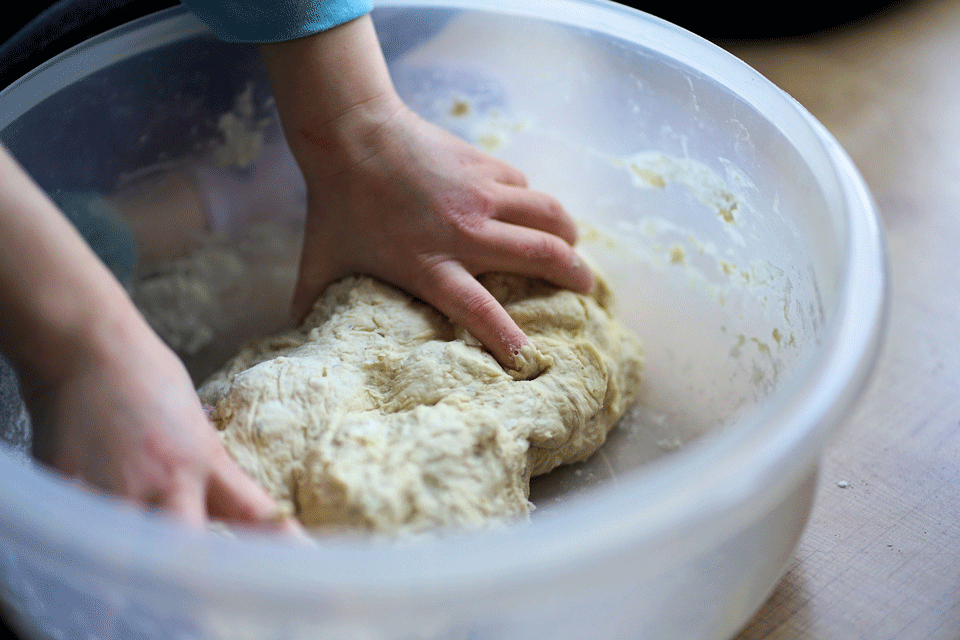Is your HLP child fascinated by your kitchen? Maybe they’re curious about the ingredients that you have to hand, as well as how and when you make their meals. These activities have more than a pasta twist to them however, as they provide your child with an opportunity to boost their critical and creative thinking!
Activity 1
Try sensory play to enhance your child’s knowledge. Fill a bag with some unusual food ingredients – including some your child might never have seen before – and ask them to guess the contents. Consider: carrots with their leaves on, lettuce, sugar snap peas, unpeeled root ginger, corn on the cob and a different type of pasta. Can your child sort them into the same vegetable groups? How do the shapes and textures of the different foods make them different? Explore together who eats those foods and where they come from.
Activity 2
Encourage problem-solving and evaluation by asking which of your child’s favourite meals is the best one to make if they had to feed a group of ten children. Lead them to consider taste, cost of ingredients, how long it takes to make, effort, and nutritional value. Chat over the possible answers.
Activity 3
Cookery fun! Choose a simple recipe to make together and let your child lead the stirring, mashing or shaping. Then, take creativity to the next level: can they predict which ingredient goes best with the dish e.g. chocolate or blueberries in pancakes. See if they can give evidence for their opinion to back up their choice, such as “It doesn’t make the food go gooey or soggy.” Could your child even think of a more unusual ingredient to add that you can put in the meal together? How could they change it visually?
Ideas to Encourage Critical Thinking:
- Cut open some fruits and give your child a magnifying glass to look at the seeds. What’s inside? How is the texture different from the outer fruit?
- Use measuring spoons, cups and scales to show children weight and volume e.g. half a cup, quarter of a tablespoon. Explain to your child about why such precision is needed in recipes. How much does a tablespoon hold compared to two teaspoons? Or are they equivalent to the same size? Let them have fun measuring different foodstuffs and discovering that weight and volume are different – for example if they are allowed sweets try flying saucers versus chocolate raisins.
- Does your child think that their recipe from activity 3 will still work if they change one ingredient for another? If they do then let them try it!
- Language: Cookery is ideal for extending vocabulary. If your child says: “I’ve got apples”, you could agree and expand on their sentence, “Yes, you’ve got Golden Delicious apples.” Describe lettuce as “leafy” and potatoes as “tubers”. Comment on how an ingredient smells or tastes; try “pungent” instead of “stinky” for garlic or “cooling” instead of “fresh” for mint.
- Can your child invent an imaginary new meal that no-one has ever tried before? They can choose any ingredients and cooking methods. Discuss how the finished result might taste, smell and look.









